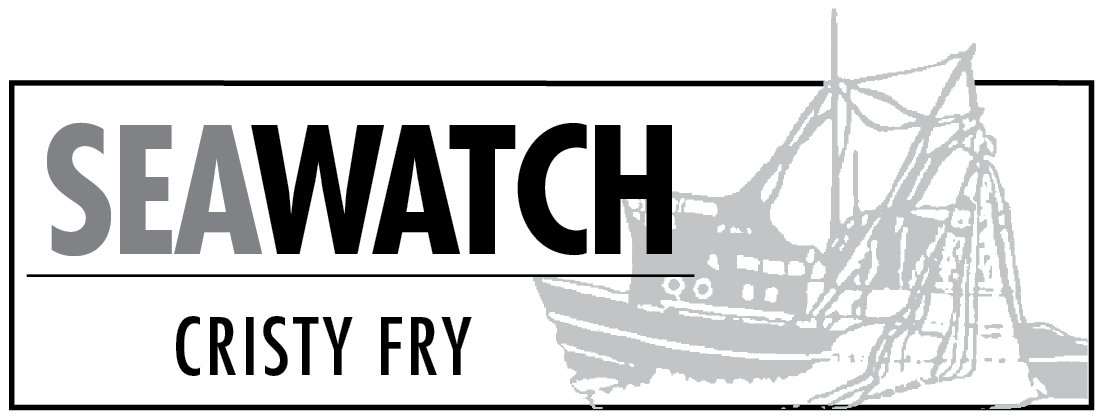The Board of Fisheries meeting to regulate the Upper Cook Inlet salmon fishery kicked off at the Egan Center in Anchorage on Friday with staff reports.
Some lower Kenai Peninsula attendees were unexpectedly late, hampered by a wreck just north of Cooper Landing that closed the road for several hours, prompting board chair Karl Johnstone to push back the deadline to sign up to testify from 9 a.m. Saturday to 11 a.m. Saturday.
More than 250 people signed up to testify. There was a heavy majority of commercial fishermen in the mix, and nearly all of them pointed to in-river problems as the reason for poor king runs in the Kenai River and struggling sockeye and coho runs in the Matanuska-Susitna region.
Several setnetters have told the board that they have voluntarily switched out some of their 45-mesh-deep nets for 29-mesh-deep gear. Some have reported that their catch of king salmon was cut in half, while their sockeye catch was reduced by only 10 percent or so.
One alarming statistic that has come out of the testimony is that 88 percent of the kings in the Kenai River are males, with only 12 percent being females. As one woman testified, “the girls can only do so much.”
There has also been an increase in jack kings, which are small, 5 to 6 pounds, immature and not able to spawn successfully.
Some setnetters said they have been catching 30 to 40 percent jacks, where they used to be relatively rare.
A record low average size for king salmon caught in the commercial fishery in Cook Inlet, a mere 12.98 pounds, was reported in 2013.
Previous averages were generally between 19 and 25 pounds, with the average size in 1994 topping out at 30.61 pounds.
Drift fishermen pushed back against the notion that they are responsible for weak sockeye and coho returns in the Mat-Su, pointing instead at pike infestation, culverts that do not allow passage to spawning grounds, jet boats and four-wheelers tearing through spawning beds, beaver dams that prevent passage, and disease.
They also contend that fishing the corridor for multiple days in a row catches more Valley-bound fish than spreading the fleet out in an Inlet-wide for two 12-hour periods per week.
The board will begin deliberations in a committee of the whole on Monday afternoon, starting with the controversial Proposal No.103.
Audio streaming of the meetings is at http://www.adfg.alaska.gov/index.cfm?adfg=fisheriesboard.main, toward the bottom of the page.
Cristy Fry writes Sewatch for the Homer News. She has commercial fished out of Homer and King Cove since 1978. She can be reached at realist468@gmail.com.


